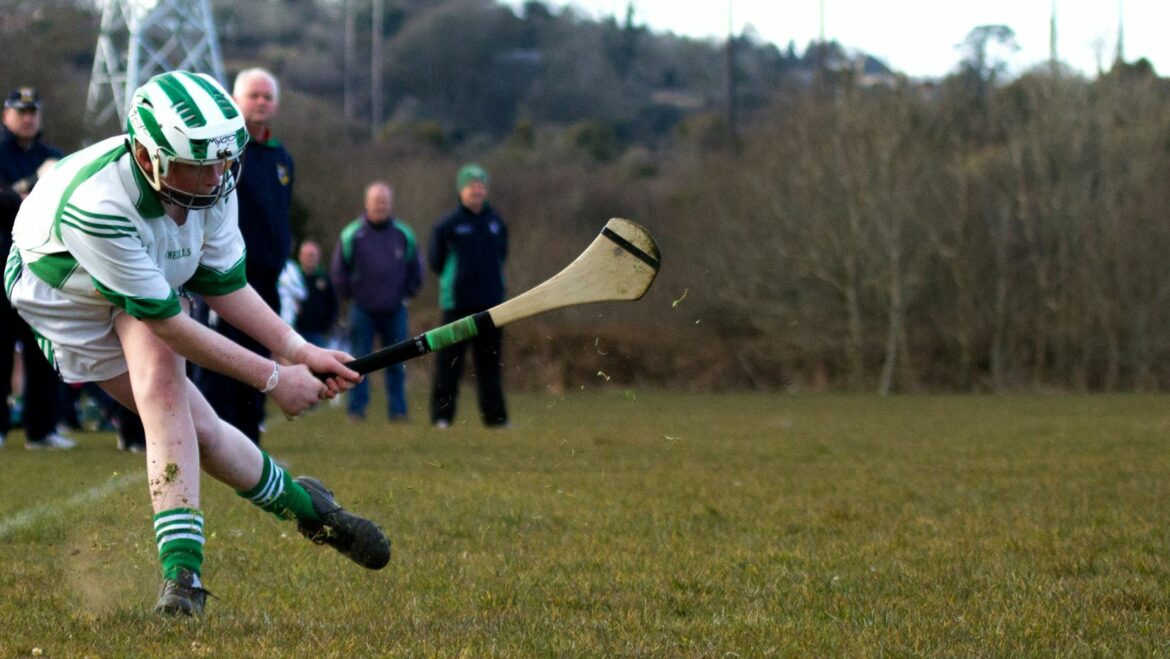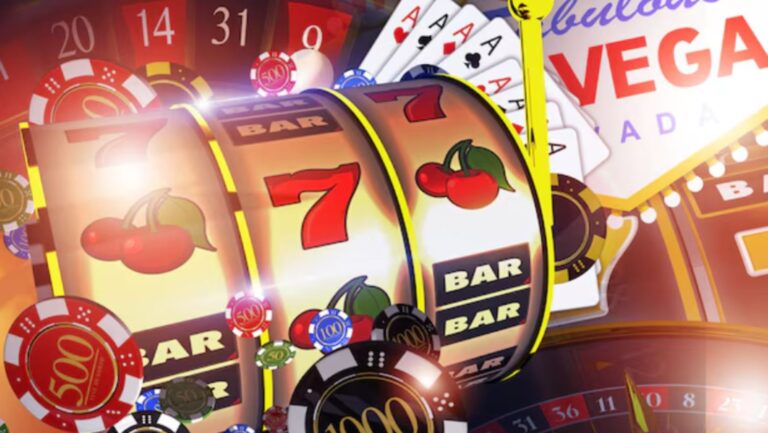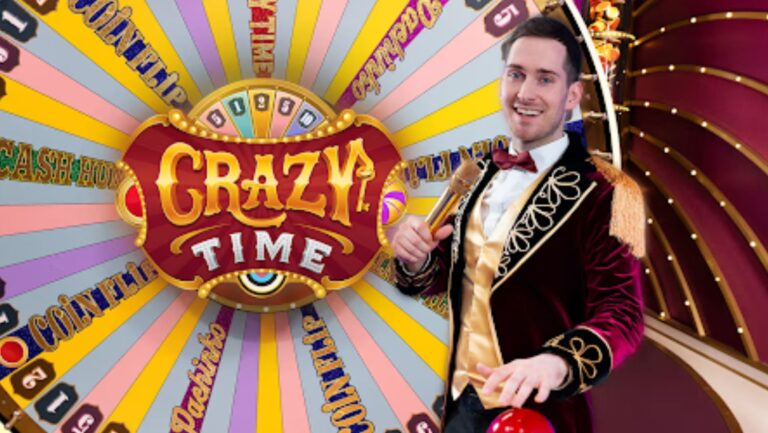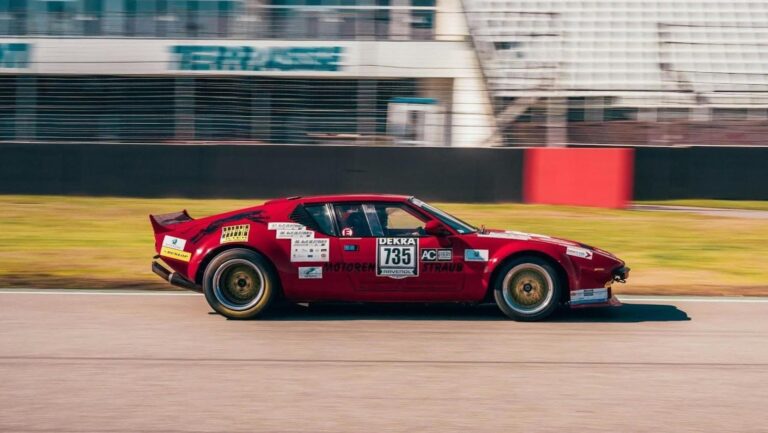On the soccer pitch, it’s been a rough go of late for the Irish, but that wasn’t always the case. The Republic of Ireland has reached the final stages of the World Cup three times – in 1990, 1994, and 2002, earning a quarter-final berth in 1990.
While it’s true that both of these sports are extremely popular in Ireland and that Aviva Stadium will be packed whenever there’s an Irish rugby or soccer international, the fact of the matter is that neither of these sports comes close to being the most popular sport played in the Republic of Ireland. Gaelic sports far outweigh both rugby and soccer when it comes to having a hold over the hearts of Irish sports fans.
Just like football in North America, there’s definitely no other place on the planet where Gaelic sports are held to anywhere near this level of popularity. They are a uniquely Irish competition.
If you sign up at a popular online sports betting site like Bovada, you can actually place bets on Gaelic sports. But before you go having a go at that idea, maybe it’s an even better idea to get to know a little about Gaelic sports and how they are played.
Four Popular Gaelic Sports
The Gaelic Athletic Association, also known as the GAA, consists of four indigenous Irish games. They are hurling, Gaelic football, handball, and rounders. In terms of popularity, hurling and Gaelic football are the most widely played and most popular. In fact, it’s entirely possible that you’ve seen these sports played. The championship matches are often shown on television all over the world.
On the other hand, handball and rounders aren’t nearly as popular as Gaelic football and hurling. Even though they are not as commonly played, they are equally fascinating in the uniqueness of their competitions.
Let’s dive a little deeper into the two most popular traditional Irish games and find out more about the rules of hurling and Gaelic football.
Similar Playing Pitches
Both hurling and Gaelic football are contested on playing surfaces that are larger than those used for soccer or rugby. The pitch can measure up to 145 meters long and 90m wide. Goalposts are similar in stature to those used in rugby, although the crossbar is set slightly lower.
Lines are marked parallel to the end lines at distances of 13 m, 20m, 45m, and 65m. The middle of the pitch is indicated with a small parallel line that has a maximum length of 10m.
When the match is an inter-county event, each half is 35 minutes in length. Club matches play two 30-minute halves.
Irish counties compete to win provincial titles and ultimately advance to the All-Ireland Championship. Matches are officiated by a referee, two linesmen, and four umpires.
Scoring is also similar in both sports. Teams score a goal when the ball crosses the goal line between the posts and under the crossbar. Goals are worth three points. A single point is scored when the ball goes over the crossbar. The scores are written in a goals-point format. For instance, if the scoreboard reads 2-10 next to a team, that would mean they’ve scored two goals and 10 points for a total of 16 points.
Hurling
Historically, hurling is believed to be the oldest and fastest field sport in the world.
In hurling, players use a stick called a hurley to strike the ball, which is called a sliotar. The hurling ball is similar in size to that of a field hockey ball.
There are 15 players aside in a hurling match. Each side is permitted to make five substitutions during gameplay.
During play, the players may strike the ball with their hurley or their boot while it is on the ground or in the air. However, they must lift the ball off the ground with their hurley before they are permitted to strike it. Players can also carry the ball in their hand for a maximum of four steps. They can then bounce the ball off their hurley, catch it, and take four more strides, but this can only be done twice in succession. It is also permissible to run while balancing the ball on the hurley.
On defense, a player can utilize their hurley in an attempt to block an opponent’s strike, or they can try to hook a player’s hurley with theirs. A shoulder-to-shoulder contract is permitted during play.
Gaelic Football
To the untrained eye, Gaelic football looks like a mashup of rugby and soccer that is played with a soccer ball. In fact, the dimensions of the round ball used is slightly smaller than that of a soccer ball.
Players are permitted to carry the ball in their hands. They may also kick the ball or pass it to a teammate with their hands. Every four steps, a player must bounce the ball or drop it on their boot and kick it up to their hands. The latter move is called a solo. A player can’t bounce the ball more than twice in succession but may solo as many times as they like. To pick up a loose ball, the player must place his foot under the ball prior to grabbing it.
Gaelic football is a physical game. Players can get involved in shoulder-to-shoulder clashes. They can also tackle an opponent in possession of the ball as long as the tackle is directed at the ball. Punching, tripping, pulling of the jersey, and full frontal charges are against the rules. It’s also forbidden to block an opponent’s shot with your foot.




